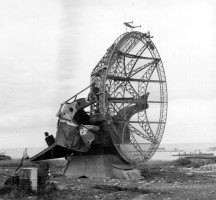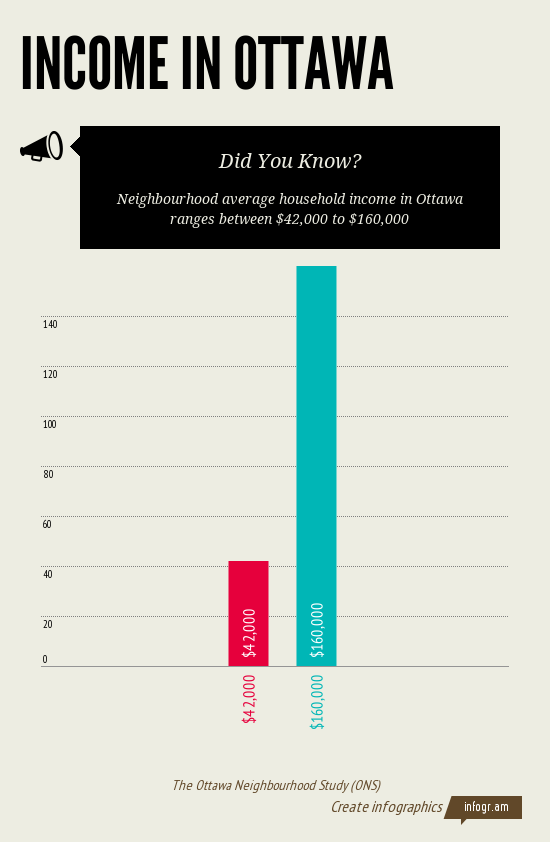
Putting the “Science” in “Science Fiction” – Daredevil
Matt Murdock, the man who would become the costumed superhero named Daredevil, started life as an ordinary man. One day, Matt saw a truck about to run over an old man who was crossing the road. He leapt into action and pulled the man out of the way, but as the truck swerved, a radioactive canister fell off and struck Matt. The injury left him blind but heightened his other senses to superhuman levels, endowing him with a “radar sense” which allows him to detect objects around him without the need for sight. The man trained in martial arts and boxing, and became a crime-fighter after his father was murdered. Now Daredevil is a well-known superhero who often allies with other superheroes such as the Fantastic Four and Spider-Man… and is occasionally in league with the Punisher, an anti-hero vigilante out to defeat criminals.
Although the idea of a blind person developing extraordinary senses may seem far-fetched, it is actually quite possible. Many blind people report that their other senses became more acute after they lose their sight, and research has shown that the brain of a blind person actually increases growth of certain areas of the brain to process information from other senses. Similar results were found in people who had lost some fingers on one hand but retained others, as the remaining fingers become more sensitive to touch. This phenomenon is extraordinary and completely natural, but it does not come close to Daredevil’s ability to perfectly perceive his environment without the use of vision.

Like many superheroes, Daredevil’s powers imitate those in nature. A number of animals have their own built-in version of radar sense called echolocation. Dolphins, whales and bats are especially reliant on this sense, in which an animal sends out a series of high-pitched sounds and then listens to the echoes as the sound waves bounce off objects. Using this feedback, the animal’s brain is capable of creating a three-dimensional picture of its environment. This amazing ability is what allows bats to navigate in pitch darkness, and allows dolphins to detect fish in murky water.

Technology based on the same general idea as echolocation has existed for 50 years; it was first used during World War II to detect incoming bombers. Radar (RAdio Detection And Ranging) and sonar (SOund Navigation And Ranging) work the same way as echolocation, although radar uses radio waves rather than sound. Ultrasound is another similar technology, although it is used to examine details of internal structures instead of detecting distant objects. Although at first radar and sonar technology were limited to very large structures, the technology has progressed to the point where a radar emitter and receiver can fit in a person’s hand, as many people have observed when police officers monitor the speed of passing cars.
The main thing that separates current radar and sonar from Daredevil’s extraordinary radar sense is the level of detail Daredevil can capture. Radar and sonar are very useful for detecting objects and determining their location, but are not able to capture enough detail to replace sight. Ultrasound is capable of capturing a much higher level of detail, but its range is limited to a few feet, while radar and sonar can have effective ranges measured in miles. This lack of detail, and the fact that both radar and sonar require a clear line of effect to their target, means that these technologies are of very limited use for individuals except in specialized areas such as enforcing speed limits. Another issue with using a personal radar system on the battlefield is the ability to track radar signals, making the soldier using one an obvious target.

Much of the current research into radar technology is focused on making it more precise and less intrusive. One of the most promising research groups in this field is Time Domain, a company that specializes in radio and radar technologies. One of the advances Time Domain has achieved is Ultra-Wide-Band (or UWB) technology, which replaces the powerful single-frequency radio pulses of a standard radar with a series of less powerful pulses on many different frequencies at the same time. The result is a radar system that provides much better detail – while also emitting signals that are less powerful than everyday background radiation. This means that radars built using this technology will be able to pinpoint details much more accurately while avoiding any negative effects of giving off powerful radio waves and making it much more difficult to detect with sensors. The power and accuracy of the sensors that work in conjunction with the UWB radar system even allow it to detect objects in the ground and on the other side of walls. The system can also act as a locator device if an antenna is attached, allowing the device to track the movements of people or objects instead of simply locating them.
By providing a personally portable radar system that can see through walls and into the ground, as well as track moving objects or people, and is very difficult to detect, UWB radar offers a unique and powerful tool to military and police forces. Other important potential uses of this system exist in the civilian world, from mundane uses such as tracking car movements to prevent traffic accidents, and helping to locate survivors of avalanches and building collapses by letting rescue workers see through rubble. As is often the case, the uses of this technology are limitless.
Top Photo: spiber-man.over-blog.com








